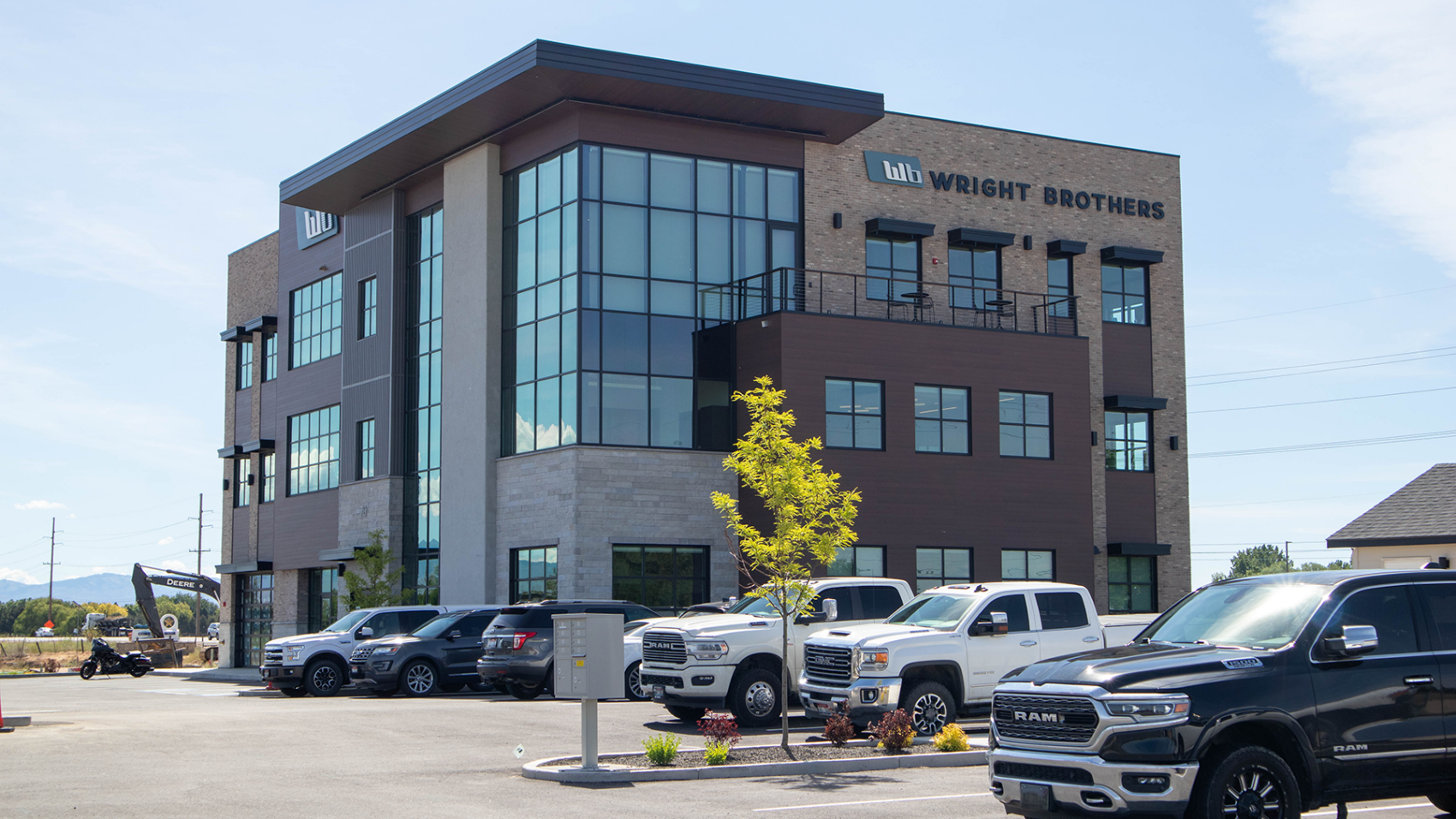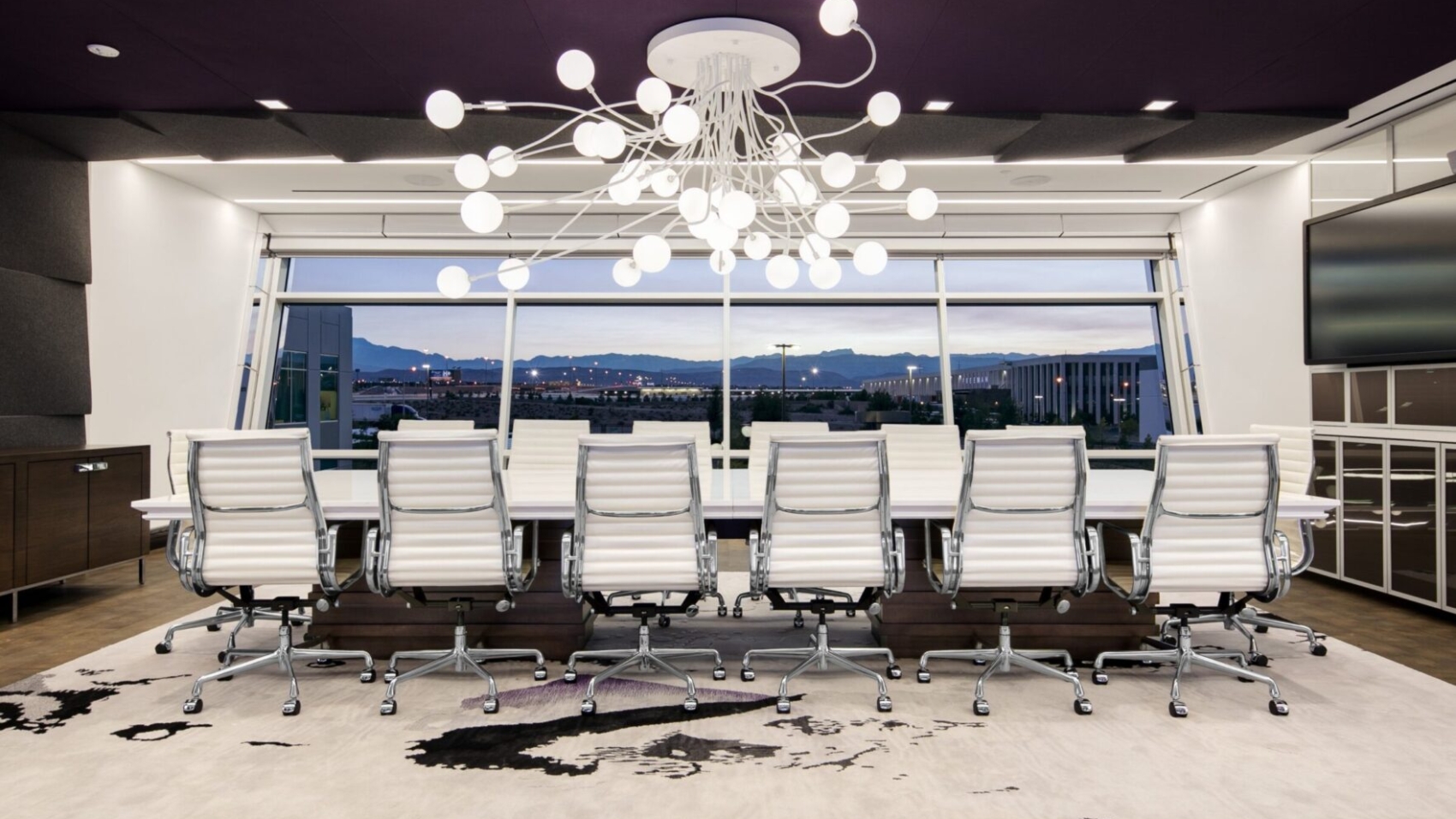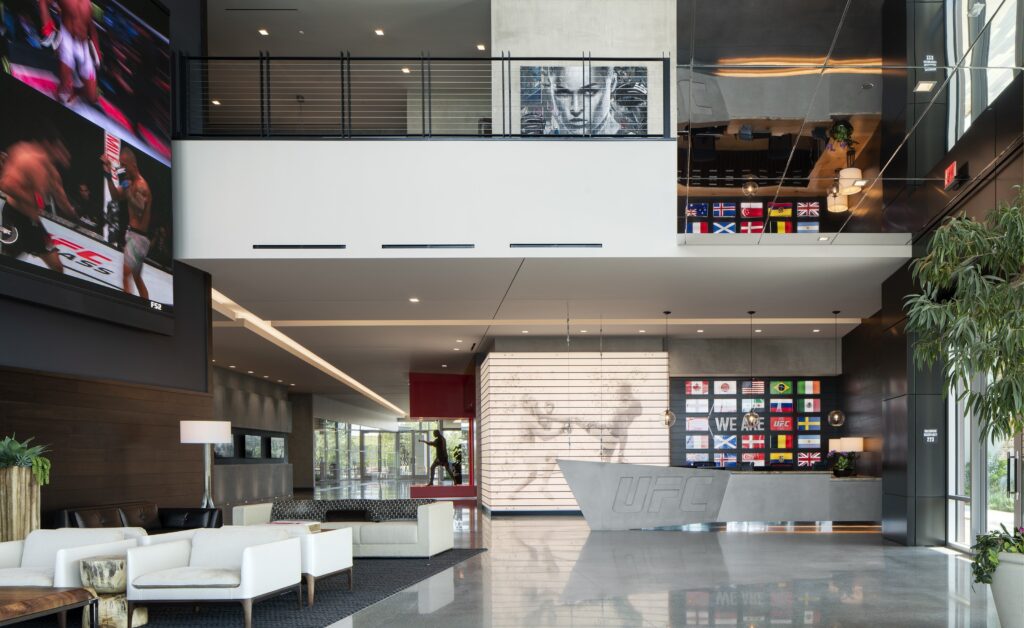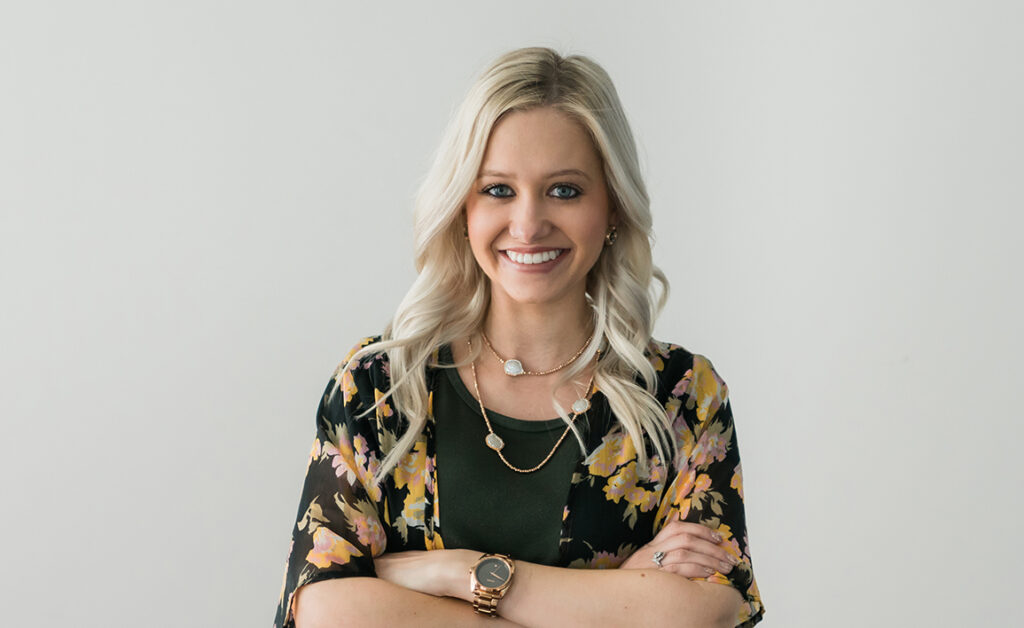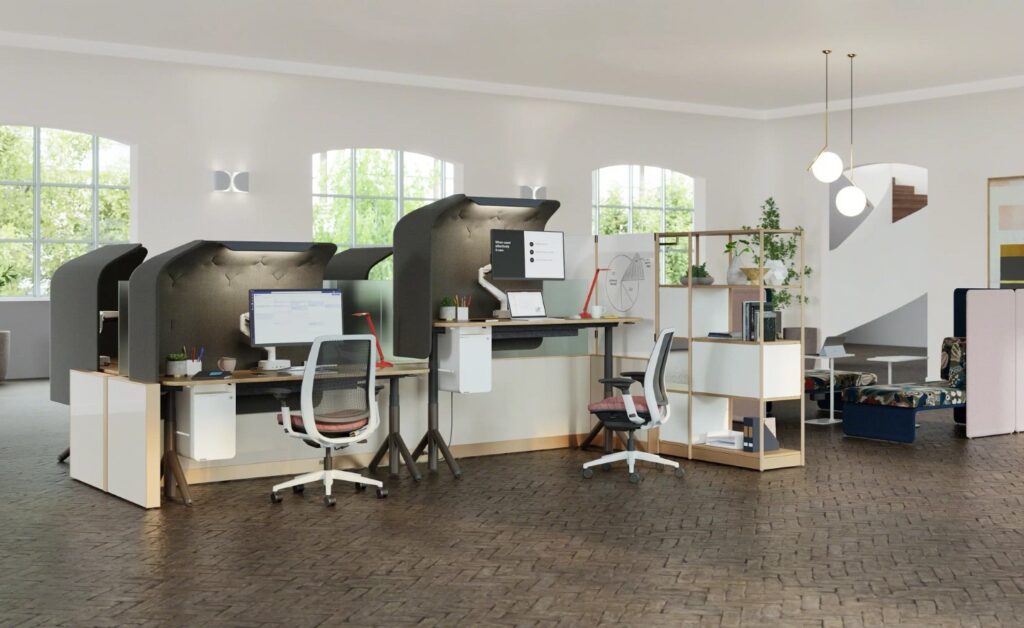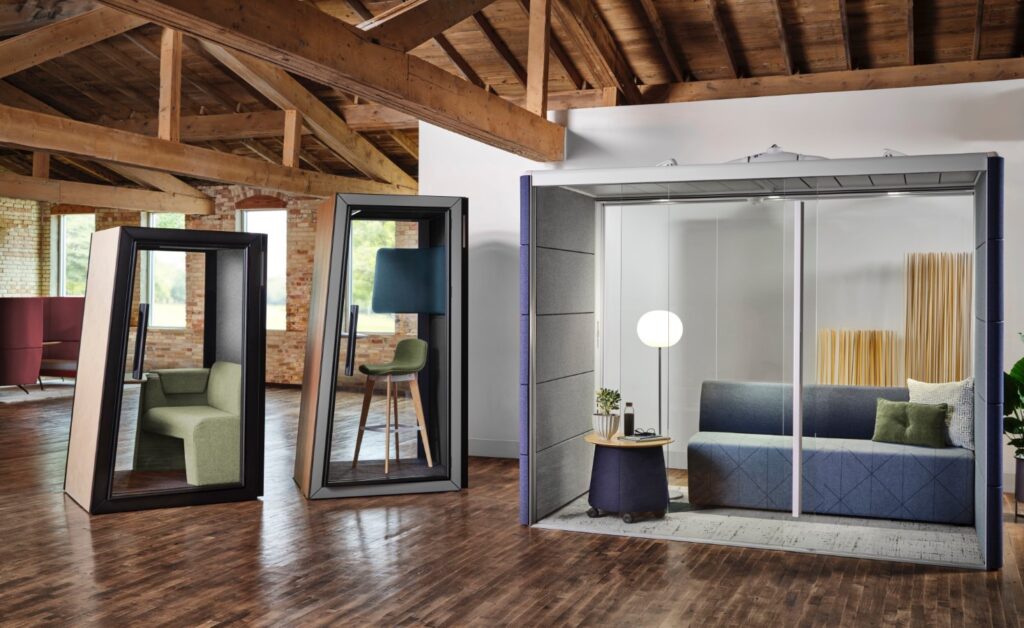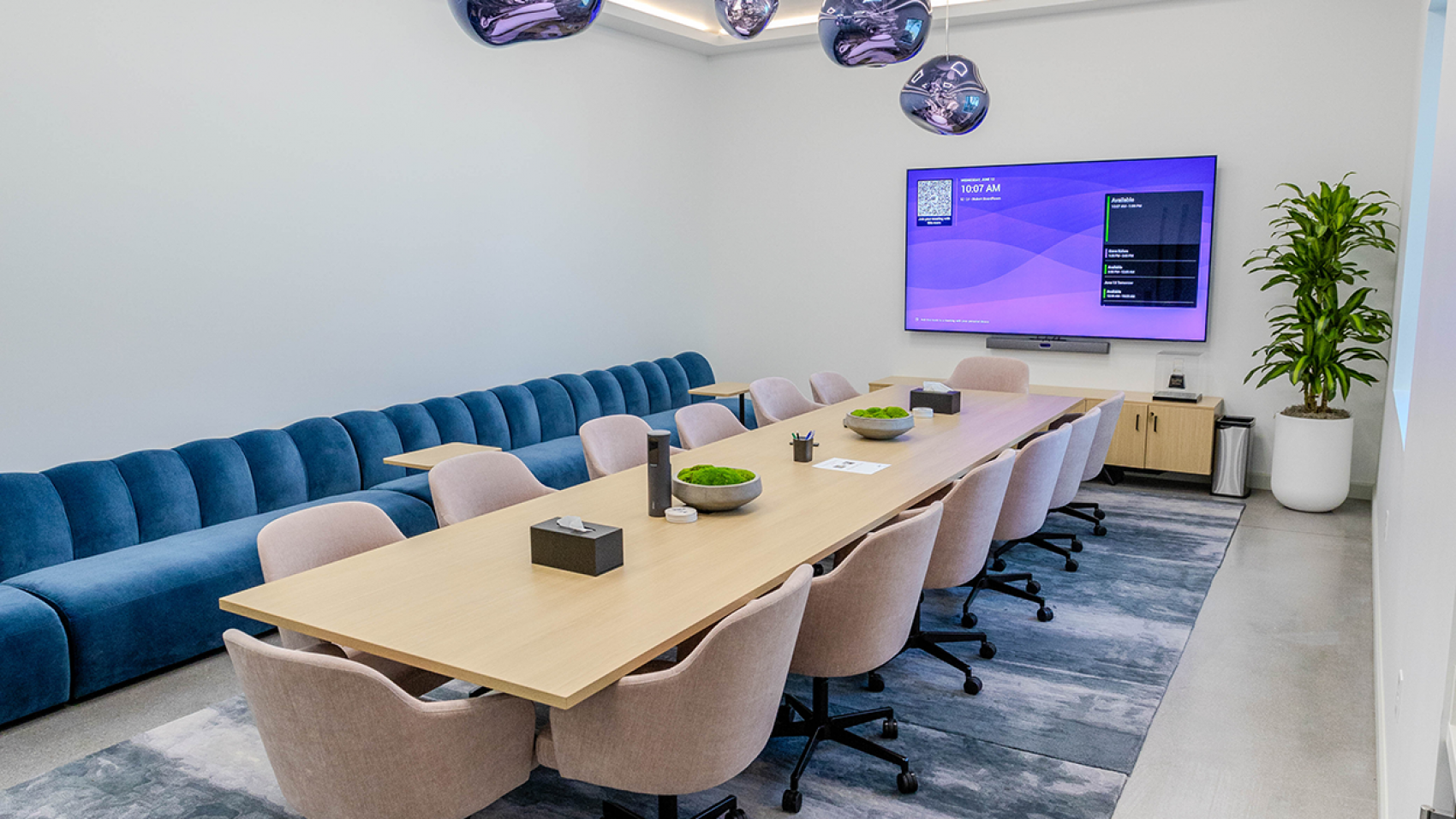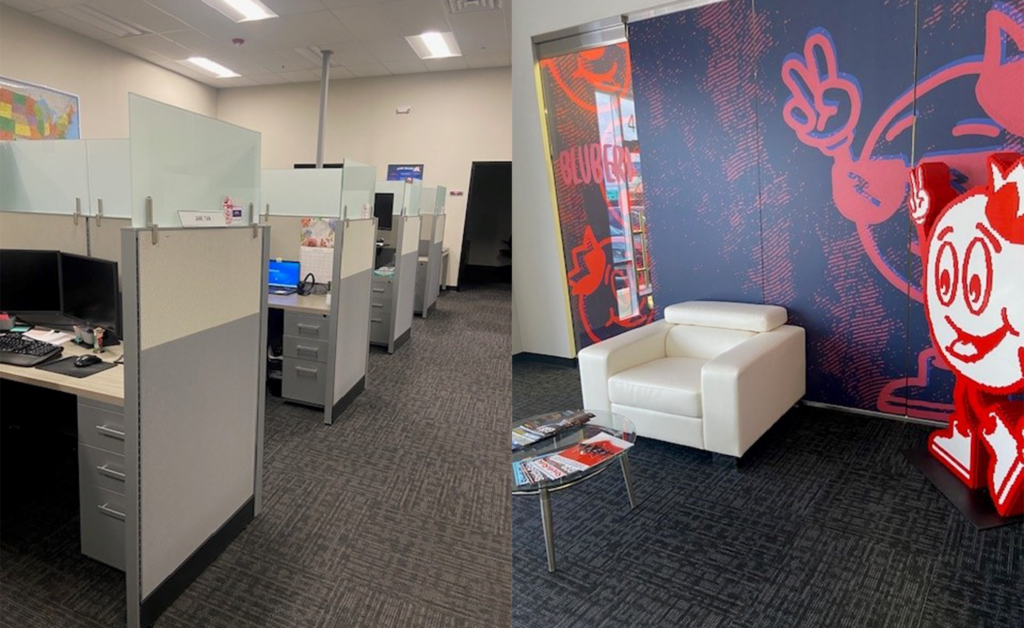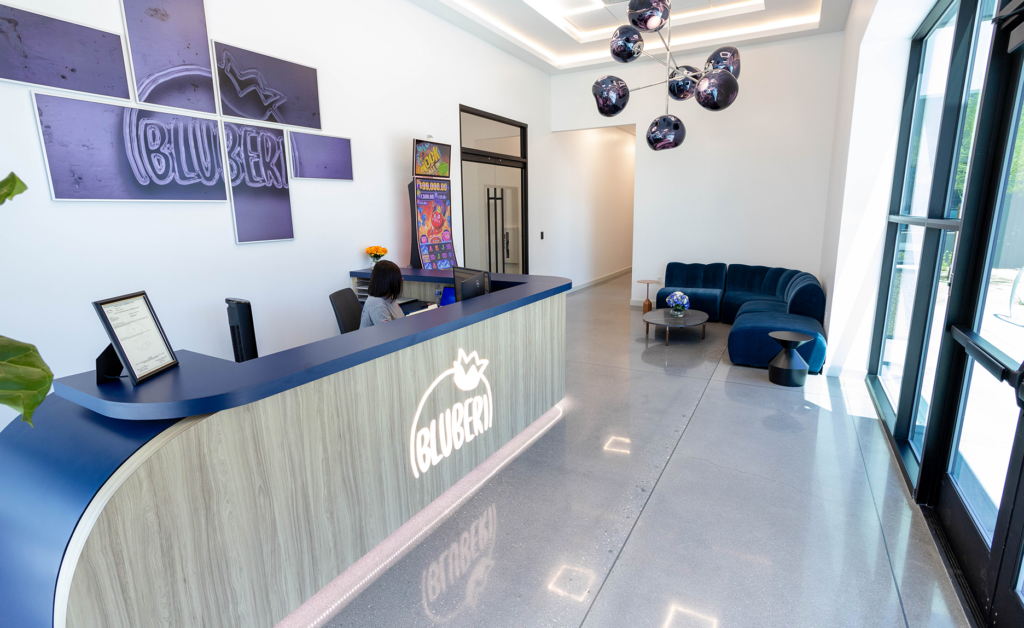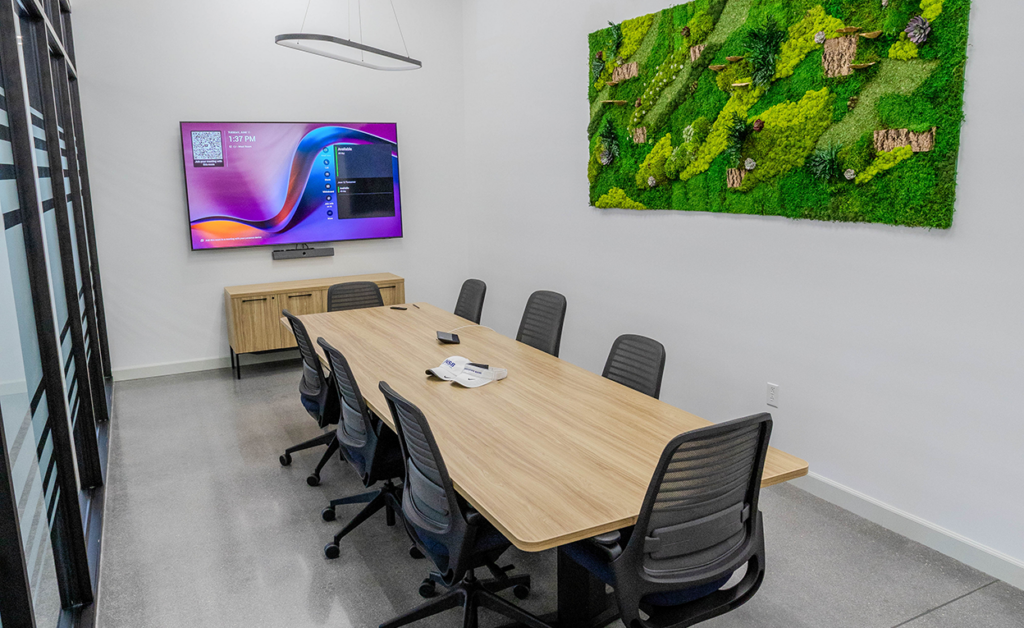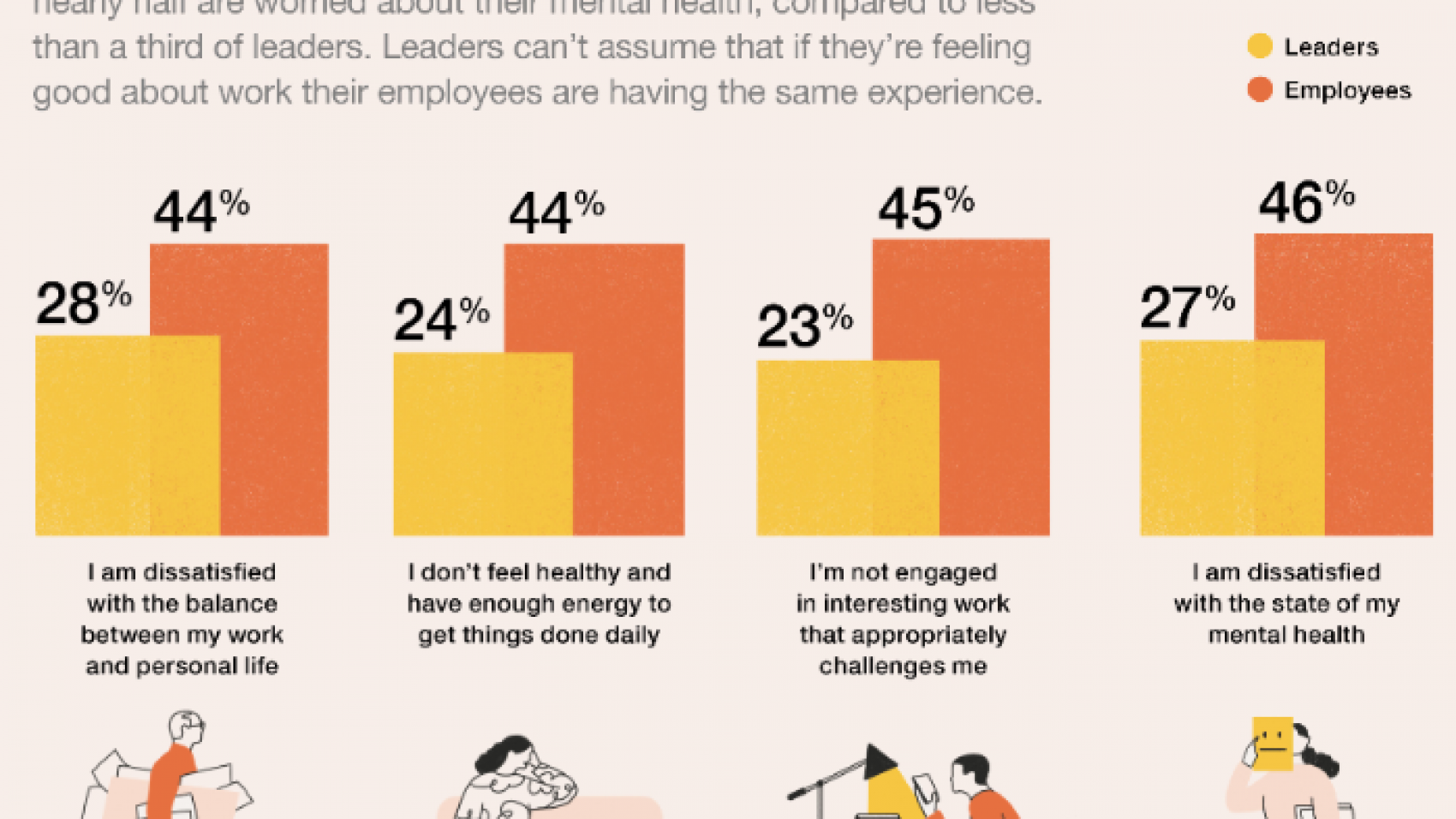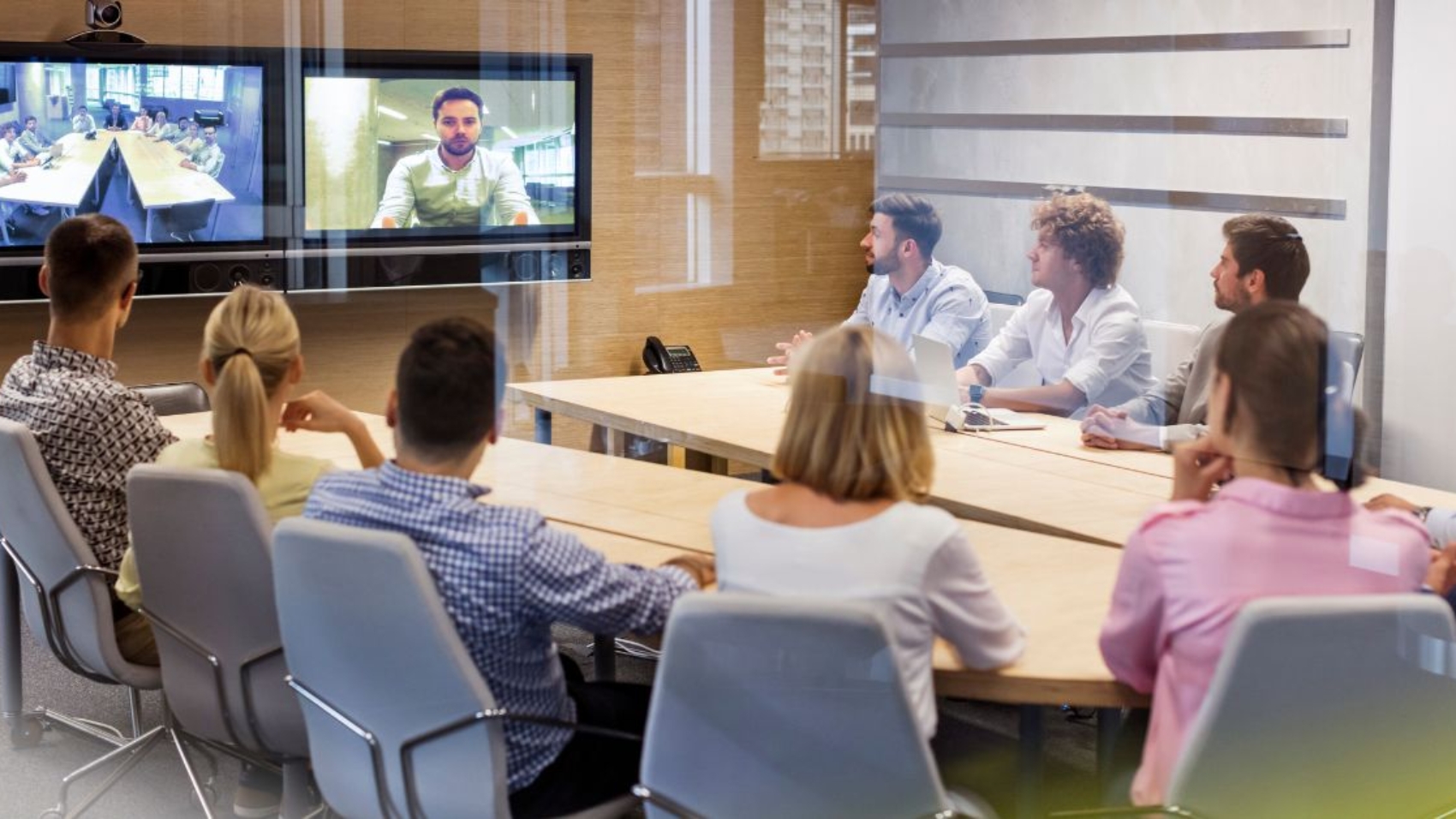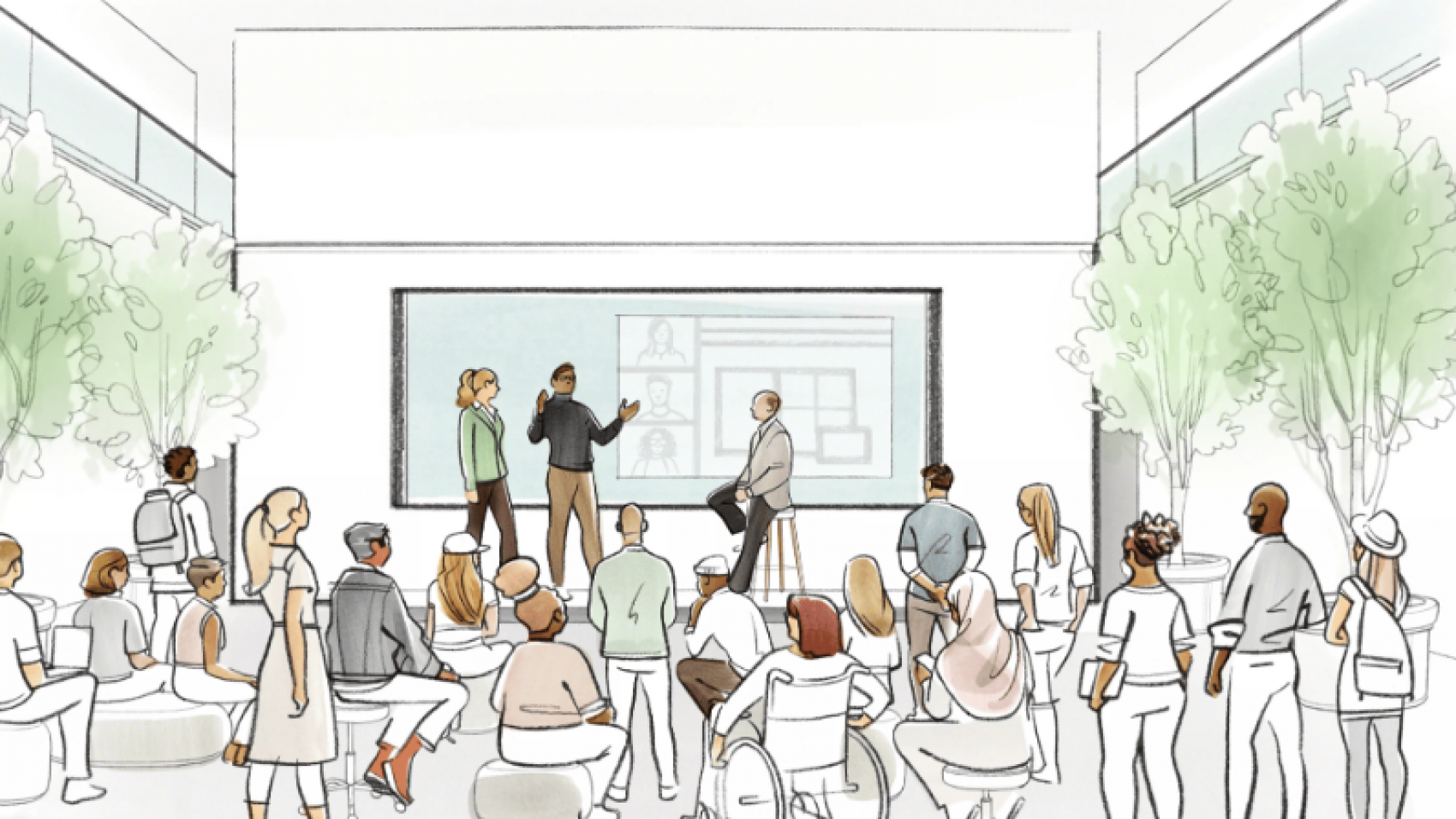When you work in an industry tied so closely to wood and steel, designing your new building in the “Mountain Modern/ Industrial” style is the perfect aesthetic. No one is happier about the new Wright Brothers building than its CEO, Zach Higgins. Leading the company since 2019, and recently named a 2024 CEO of Influence by the Idaho Business Review, Zach has helped guide the company to greater success while also introducing some great ram decor to the executive wing.

Founded in Rupert, Idaho in 1956, Wright Brothers Construction started in concrete and siding. Today, Wright Brothers has expanded into multifamily, retail, hospitality, and light industrial. They are licensed in eighteen different states with projects taking them as far as Boston, Massachusetts.
Wright Brothers Growth & New Building
Over the last few years, Wright Brothers has grown considerably. It now boasts one hundred and twenty employees (forty or so in the office) and generates around $120 million a year. Due to the company’s rapid growth, employees were smashed into their downtown Eagle office like sardines. While energy in that space was high, so were distractions. So, when the opportunity arose to construct a new office
building to hold its growing team, Wright Brothers jumped on it. The leadership chose to pursue a three-story building design with Glancey Rockwell & Associates giving them twenty-one thousand square feet of space.
They spent the lion’s share of the design time perfecting the layout. The leadership team sought to create a balance between planning for growth without making the building so large it felt deserted. With the help of Cailey Ostrowski at Create Spaces, and Camille Olsen at The Design House, they space-planned and chose functional furniture and rustic finishes that would foster energy and collaboration between three floors and multiple departments.

Culture Supporting Amenities
When they finally moved into the building, everyone was extremely excited and proud of their new office. “The culture changed immediately for the better,” says Zach. One amenity that has helped foster collaboration and camaraderie is a golf simulator adjacent to the team’s training room. While the simulator was added to support the enthusiasm of a few, many of the employees now use it. In fact, the simulator has become an integral part of the culture, enabling different departments to interact when they otherwise wouldn’t.
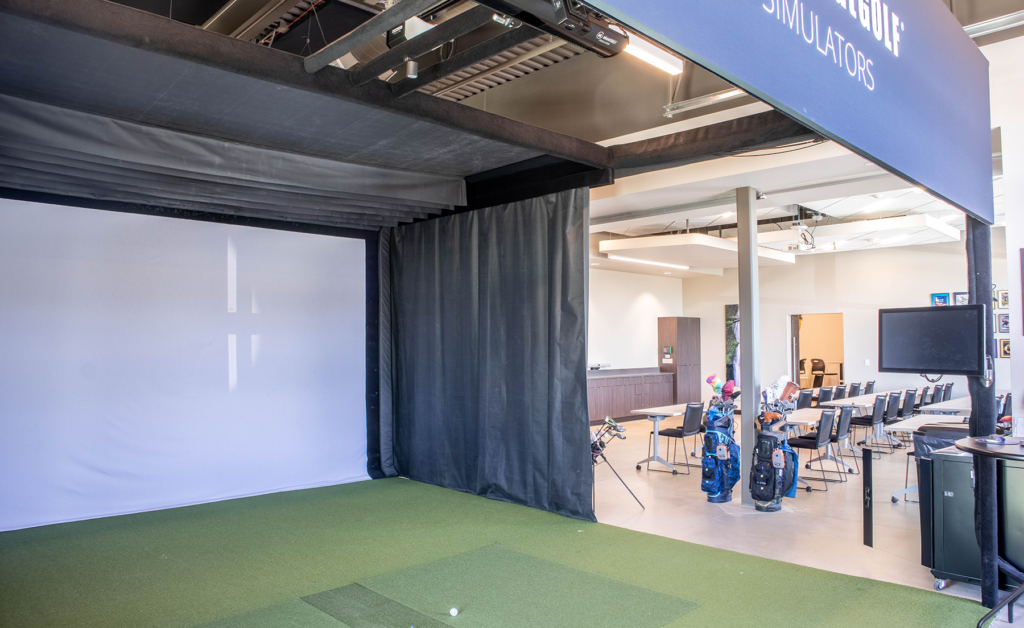
For that reason, one of Zach’s favorite places in the new building is the executive lounge. Like at the golf simulator, employees can connect with the leadership team and each other. Zach personally started as an intern and worked his way up through the company. Staying connected to his employees through this space ensures he hears different but important perspectives.
“The culture changed immediately for the better.”
-Zach Higgins
Wright Brothers CEO
His other favorite space is the first-floor training room. To stay on top of project details and keep its teams safe, Wright Brothers employs a full-time safety director, John Viernes. While Zach uses the training room to coordinate with different departments, John uses it to conduct important
safety training. As the first and only OSHA VPP contractor in Idaho and Region X, Wright Brothers also offers the training room and instructor-led classes to both employees and subcontractors making jobsites safer for everyone. Taking care of the client starts by taking care of your team.

The Importance of Community Involvement
While an incredible new office space helps with employee morale, Wright Brothers recognizes that community involvement also plays an important role. “Several members of the company serve as directors on various boards of nonprofit organizations, trustees for school districts, and more. “We believe
community involvement pays dividends from a holistic standpoint. At the end of the day, you can make all the money in the world and be a complete jerk that nobody wants to deal with. But if we can help support families and communities in a meaningful capacity, then we will encourage our employees to do that.”
“At Wright Brothers we try to be a partner beyond just the building side of the project.”
-Zach Higgins
Wright Brothers CEO
The Wright Brothers Approach To Business
Wright Brothers has seen a lot of success in their industry due to their community involvement and unique approach to working with clients. “At Wright Brothers, we try to be a partner beyond just the building side of the project. Our client has a vision for what they want, so we try to help them reach it within their budget by understanding their business. While problems arise that can delay construction, we will pivot or pull extra shifts if it will make a difference for our clients.”
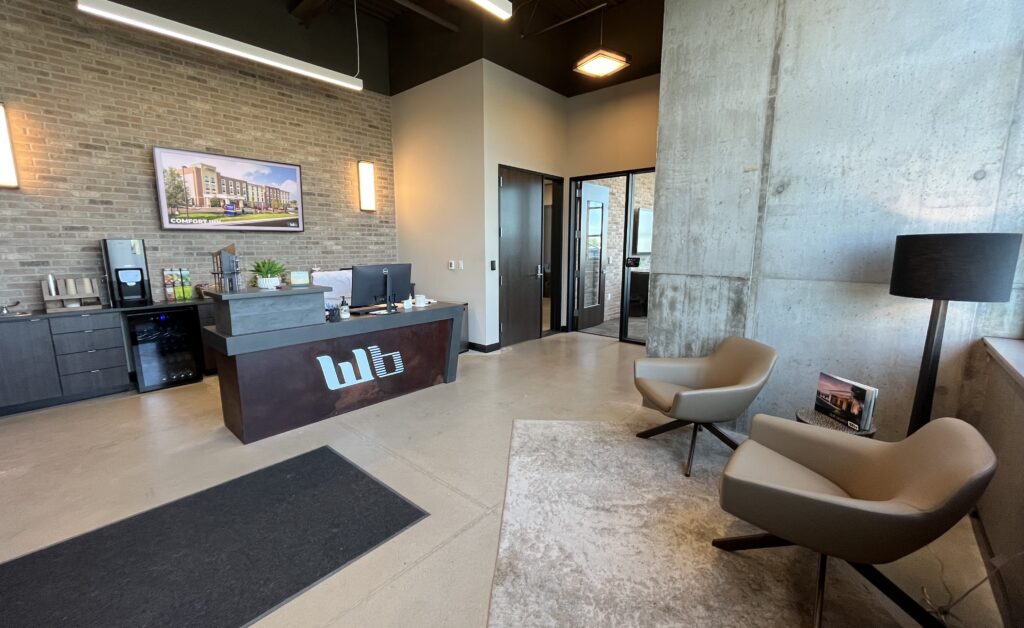
Moving forward, Wright Brothers is excited to use their space to support their culture and empower their teams to take on more responsibility. “We have created an atmosphere where people can jump in and help. Everyone wants to see the company win so investing in furniture and amenities that help us retain those employees and provide a conducive work environment is going to help us continue to grow and better serve our clients.”
Work With Us
If you are a business or organization looking to create an exceptional space on time and budget, we would love to work with you! Create Spaces is your one stop shop for space planning, furniture selection, and audio-visual installation. Contact us today!
Receive our Newsletter
To receive our newsletter, including new editions of spaces and other digital content, fill out the form:

